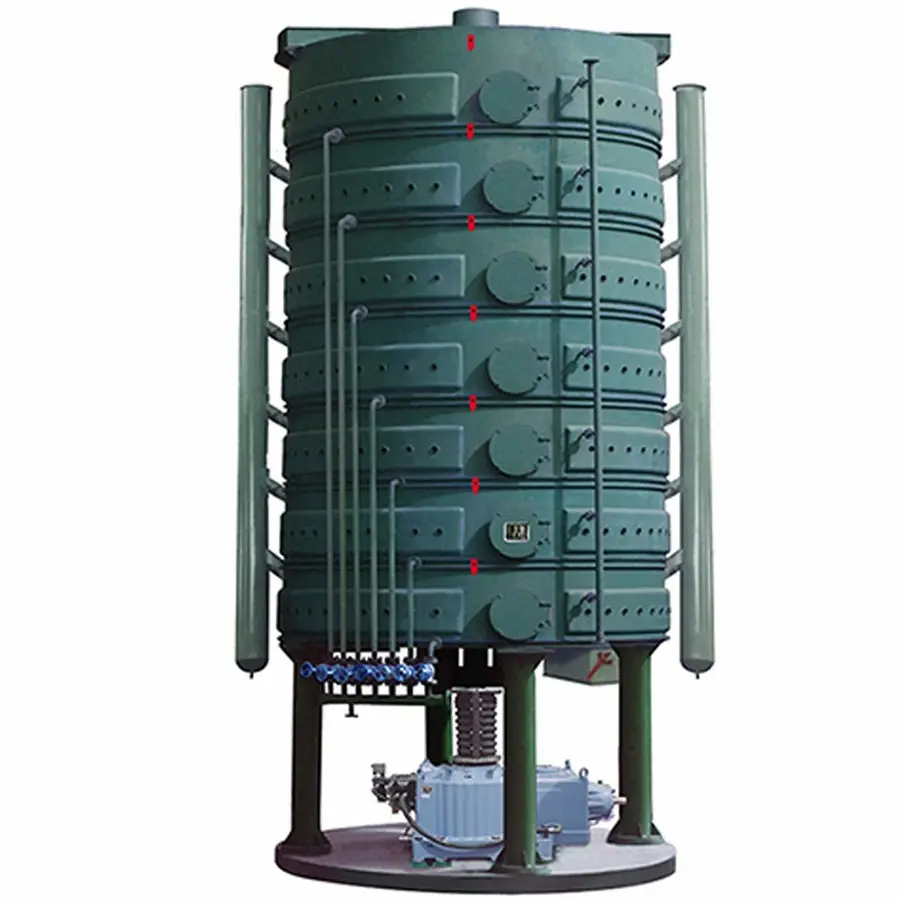அக் . 05, 2024 13:07 Back to list
best edible oil production line
The Best Edible Oil Production Line A Comprehensive Overview
In the food industry, edible oil stands out as an essential component, playing a crucial role in cooking, food preparation, and various industrial applications. As the demand for high-quality edible oils continues to grow globally, establishing a reliable production line becomes paramount for businesses aiming to capitalize on this lucrative market. In this article, we will explore the essential elements of the best edible oil production line, the processes involved, and the benefits of investing in modern technology and practices.
Understanding Edible Oil Production
Edible oil can be derived from a variety of sources, including seeds, nuts, and fruits. The production process typically involves several stages seed selection, oil extraction, refining, and packaging. The quality of the raw materials significantly influences the final product, so selecting high-quality seeds or fruits is the first step toward producing premium edible oil.
Key Stages of Edible Oil Production
1. Seed Preparation The journey begins with the careful selection and preparation of seeds or fruits. This includes cleaning, drying, and sometimes dehulling the seeds to remove impurities. Proper preparation is crucial as it directly affects the oil yield and overall quality.
2. Oil Extraction The next stage is extracting oil from the prepared materials. Two primary methods are commonly used mechanical pressing and solvent extraction. Mechanical pressing, also known as cold pressing, is a traditional method where seeds are subjected to mechanical pressure to extract oil naturally. This method often results in a higher quality product with retained nutrients. In contrast, solvent extraction uses chemical solvents to displace the oil, which can lead to a higher yield but may affect the oil's purity.
3. Refining Once extracted, the crude oil typically goes through a refining process to remove impurities, free fatty acids, and any unwanted odors. This process involves degumming, neutralizing, bleaching, and deodorizing, resulting in a clear, taste-neutral oil that meets quality standards. Refining not only enhances the taste and shelf life of the oil but also improves safety for consumption.
4. Packaging The final stage involves packing the refined edible oil into various containers, ready for distribution. Proper packaging is vital to preserving the quality of the oil and preventing oxidation, which can affect its taste and nutritional value.
best edible oil production line

Benefits of a Modern Edible Oil Production Line
Investing in a state-of-the-art edible oil production line offers numerous advantages
- Efficiency Modern production lines are designed to maximize efficiency, allowing for higher production rates and lower operational costs. Automation in various stages reduces labor costs and minimizes human error.
- Quality Control Advanced technology facilitates rigorous quality control throughout the production process. Continuous monitoring ensures that the oil meets safety and quality standards, resulting in a superior final product.
- Sustainability Many contemporary production lines incorporate energy-efficient technologies and sustainable practices, such as waste recycling and water conservation, making them environmentally friendly.
- Flexibility A well-designed production line can easily be adapted to produce different types of oils, such as olive, canola, sunflower, or peanut oil, thus catering to varying consumer preferences and market demands.
Conclusion
The best edible oil production line combines modern technology, efficient practices, and high-quality raw materials to create superior oil products while maintaining sustainability. As the global demand for edible oils continues to rise, businesses that invest in advanced production lines will not only ensure high-quality output but also gain a competitive edge in the market. Ultimately, a well-optimized production line is not just an investment in equipment; it is an investment in quality, safety, and consumer satisfaction, paving the way for long-term success in the edible oil industry.
-
High-Efficiency Physical Oil Refining Unit - Leading Exporters & Trusted Companies
NewsJun.10,2025
-
High-Efficiency Animal Oil Refining Machine - Leading Exporters & Reliable Companies
NewsJun.10,2025
-
Camellia Oil Mill Machine for Efficient Oil Extraction Leading Exporters & Companies
NewsJun.10,2025
-
Premium Pressing Shaft for Oil Press Machines Exporters
NewsJun.10,2025
-
High-Efficiency Centrifugal Filters Durable Industrial Separation
NewsJun.10,2025
-
Top Neem Seed Oil Press - Efficient, High-Yield Extraction Solutions
NewsJun.09,2025
